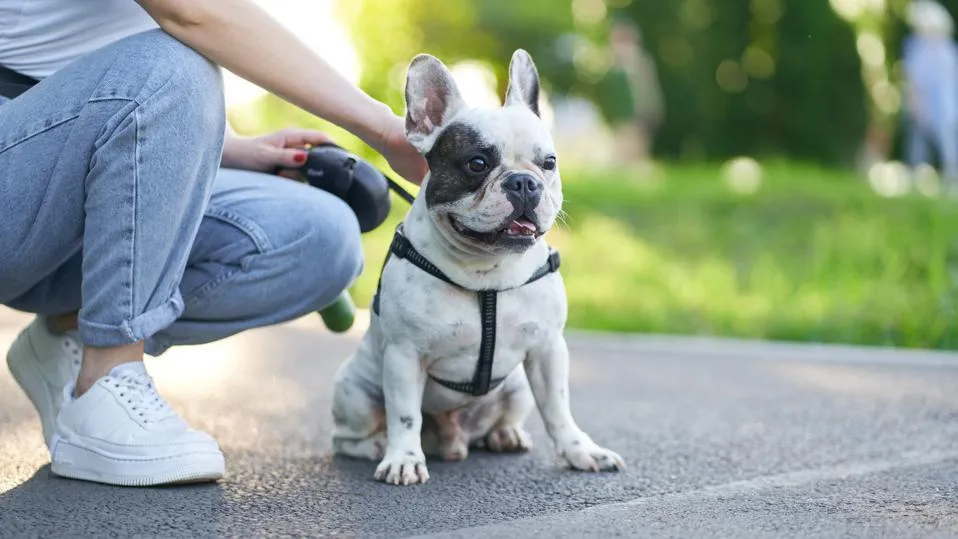The Akita, a breed steeped in Japanese tradition, stands as a testament to loyalty, strength, and dignity.
With their powerful build and striking appearance, these dogs captivate hearts worldwide.
But there’s more to Akitas than meets the eye.
Whether you’re considering adding one to your family or simply curious about this fascinating breed, this comprehensive guide will reveal everything you need to know about Akitas – from their rich history to their unique personality traits.
The Fascinating History of the Akita
Akitas boast a lineage as ancient as it is noble.
Originating in the mountainous northern regions of Japan, these dogs have a history that stretches back over a thousand years.
Initially bred for hunting large game like bears and boars, Akitas evolved into loyal guardians and companions.
From Royal Companions to National Treasures
In feudal Japan, Akitas were the exclusive companions of the imperial family and their court.
Their status was so elevated that caring for an Akita involved intricate rituals and specific etiquette.
Can you imagine having to bow to your dog?
Well, that’s exactly what some caretakers had to do!
As time passed, Akitas became symbols of good luck and were often given as gifts to new parents, signifying health, happiness, and a long life for the child.
This tradition continues in some parts of Japan today, showcasing the enduring cultural significance of the breed.
Physical Characteristics: The Embodiment of Strength and Grace
Akitas are large, muscular dogs with a distinctive appearance that commands attention.
Here’s what you can expect from a typical Akita:
- Height: 24-28 inches at the shoulder
- Weight: 70-130 pounds
- Coat: Thick double coat with a soft undercoat and a harsh outer coat
- Colors: Various, including brindle, white, and combinations with large patches
Their most striking features include:
- A large, bear-like head with small, triangular eyes
- Erect, forward-facing ears
- A curled tail that rests over the back
- Powerful, well-muscled body
Fun fact: Akitas have webbed toes, making them excellent swimmers despite their large size!
The Akita Personality: A Complex Blend of Traits
Akitas are known for their complex personalities, combining loyalty, courage, and independence.
Here’s what you should know about their temperament:
Loyalty Beyond Compare
Akitas are fiercely loyal to their families.
This loyalty is so ingrained that in Japan, they’re often given as gifts to symbolize a lifelong bond.
I once met an Akita named Hachi who wouldn’t leave his owner’s side even during a crowded street festival – talk about dedication!
Independent Thinkers
While loyal, Akitas are also known for their independent nature.
They’re not the type of dogs to constantly seek attention or validation.
Instead, they prefer to observe and make their own decisions.
This trait can make training challenging, but it also adds to their unique charm.
Protective Instincts
Akitas were bred as guard dogs, and those instincts remain strong.
They’re naturally protective of their family and territory, which makes them excellent watchdogs.
However, this also means they can be wary of strangers and may not get along well with other dogs, especially those of the same sex.
Quiet and Dignified
Unlike many breeds, Akitas are generally quiet dogs.
They’re not known for excessive barking, which can be a plus for apartment dwellers.
When they do vocalize, it’s often through unique sounds like grunts and mumbles.
Caring for Your Akita: A Labor of Love
Owning an Akita is a rewarding experience, but it comes with responsibilities.
Here’s what you need to know about caring for these majestic dogs:
Exercise Needs
Despite their size, Akitas don’t require excessive exercise.
A daily walk and some playtime are usually sufficient.
However, they do enjoy activities that challenge them mentally and physically.
Consider activities like:
- Hiking
- Swimming
- Puzzle toys
- Obedience training
Grooming: Managing the Magnificent Coat
Akitas are heavy shedders, especially during shedding seasons.
Their thick double coat requires regular grooming to keep it healthy and manageable.
Here’s a grooming routine to follow:
- Brush 2-3 times a week with a slicker brush
- Bathe every 6-8 weeks, or as needed
- Trim nails regularly
- Clean ears weekly to prevent infections
Pro tip: Invest in a good vacuum cleaner – you’ll need it!
Training: Patience and Consistency is Key
Training an Akita can be challenging due to their independent nature.
However, with patience, consistency, and positive reinforcement, you can successfully train your Akita.
Remember these tips:
- Start socialization early
- Use firm but gentle guidance
- Keep training sessions short and engaging
- Be consistent with rules and boundaries
Health Considerations
Like all breeds, Akitas are prone to certain health issues.
Some common concerns include:
- Hip dysplasia
- Progressive Retinal Atrophy (PRA)
- Autoimmune disorders
- Bloat
Regular vet check-ups and a healthy diet can help prevent or manage many of these issues.
On average, Akitas live between 10-12 years.
Is an Akita Right for You?
While Akitas are wonderful dogs, they’re not for everyone.
Consider these factors before bringing an Akita into your home:
- Do you have experience with large, strong-willed dogs?
- Can you provide consistent training and socialization?
- Do you have a securely fenced yard?
- Are you prepared for the grooming needs?
- Can you dedicate time to daily exercise and mental stimulation?
If you answered yes to these questions, an Akita might be the perfect companion for you!
The Legacy of Loyalty: Hachiko’s Story
No discussion of Akitas is complete without mentioning Hachiko, the most famous Akita in history.
Hachiko’s story of unwavering loyalty has touched hearts worldwide and perfectly encapsulates the Akita spirit.
Hachiko would meet his owner, a professor, at the train station every day.
Even after the professor’s sudden death, Hachiko continued to wait at the station for nine years until his own passing.
Today, a statue of Hachiko stands at the Shibuya Station in Tokyo, serving as a poignant reminder of the Akita’s legendary loyalty.
In conclusion, Akitas are truly remarkable dogs.
Their combination of strength, loyalty, and dignity makes them unique companions for the right owners.
While they may not be the easiest breed to handle, those who are up for the challenge will find in Akitas a friend for life – a guardian, a confidant, and a symbol of unwavering devotion.
Whether you’re considering adopting an Akita or simply admiring from afar, there’s no denying the majesty and allure of this ancient Japanese breed.
















